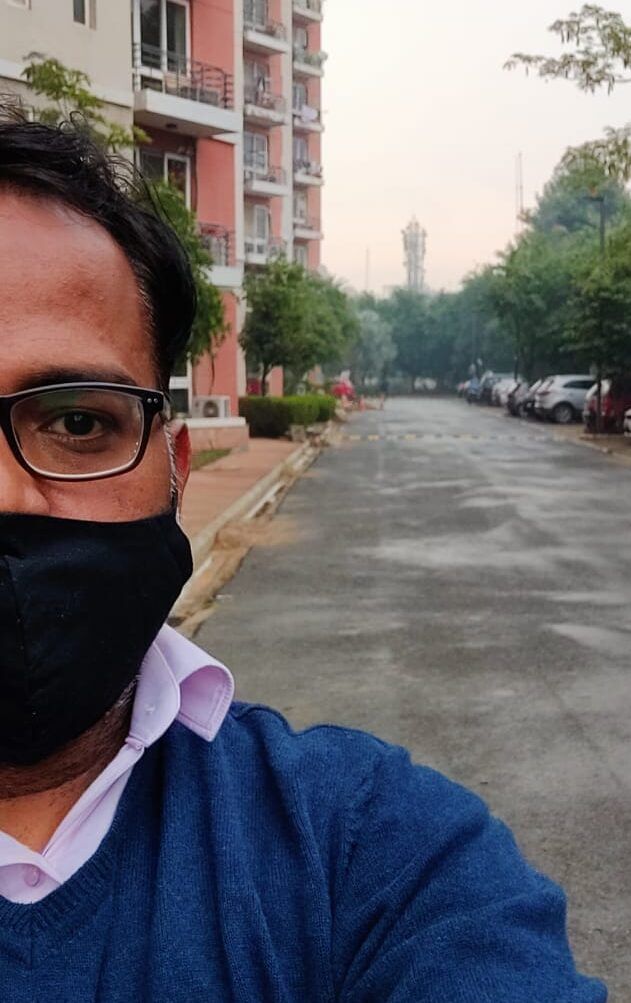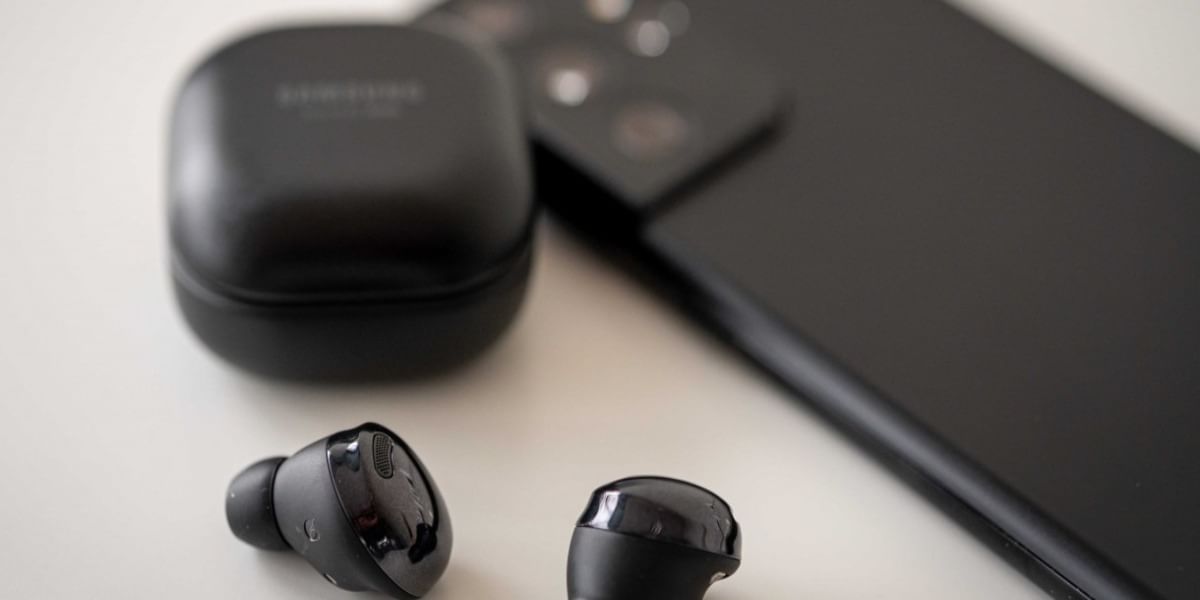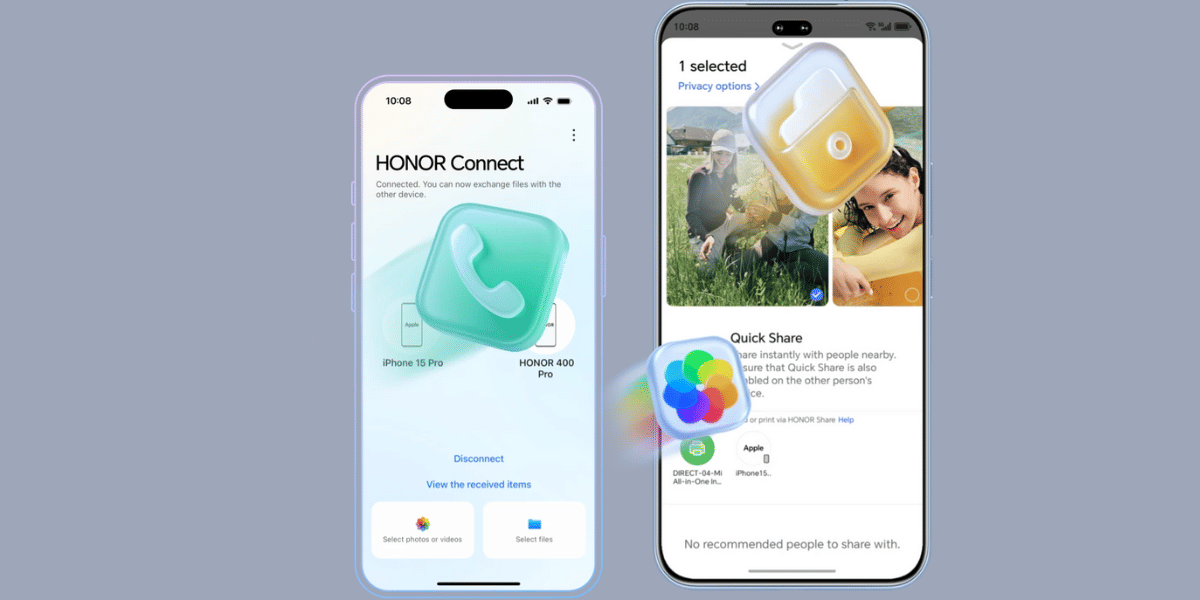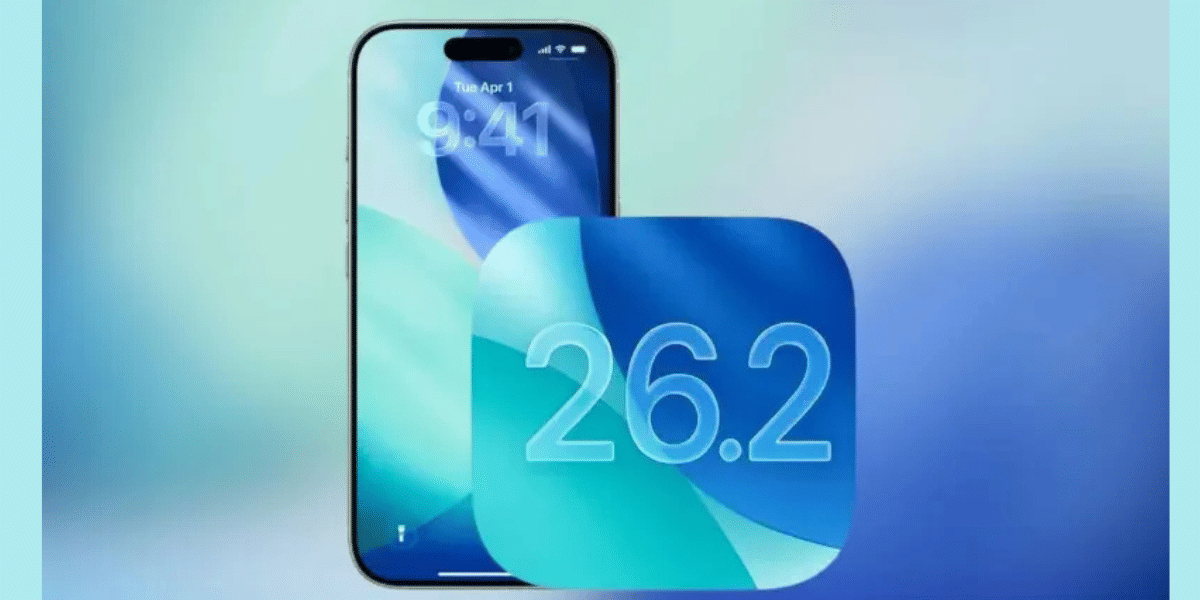LinkedIn was hit by a significant data leak a few months ago. This exposed the data of approximately 500 million users as a result of this incident. According to reports, LinkedIn has experienced yet another massive data breach. This time, the data of over 700 million users was leaked. LinkedIn has a user base of almost 756 million people. If you do the calculation, this data leak has touched 92 percent of LinkedIn users. According to reports, the current LinkedIn data breach also contains users’ inferred salaries, which is a major issue.
Also read: WhatsApp Chats Getting New Design For Android Users
LinkedIn Massive Data Breach
According to LinkedIn, the hacker got the data through scraping the network and not through a data breach. The hacker has also uploaded a sample set of 1 million people for buyers on the Dark Web, where the entire dataset of 700 million users is reportedly on sale. RestorePrivacy was the first to notice this posting on the Dark Web, and 9to5Google double-checked the sample data.
The sample dataset includes user information such as email addresses, full names, phone numbers, physical addresses, geolocation records, LinkedIn usernames and profile URLs, inferred salaries, personal and professional experience/background, gender, and social media accounts which have been published on the Dark Web.
Also read: Now You Can Stream Partial Downloads On Netflix On Android

The data leaked through exploiting the LinkedIn API to collect details that users upload to the site, according to 9to5Google’s direct contact with the hacker. Although the data does not have passwords, it is still extremely valuable and might be used in identity theft or phishing attempts.
Also read: Telegram Gets Group Video Call, Screen Sharing, Emojis, and More In New Update
It’s important to check the safety, security, and privacy settings of the applications you use to ensure that they’re set up correctly in order to protect your data. Make sure you have a strong password and that you change it periodically. Also, use two-factor authentication (2FA) whenever possible, and do not accept connections from strangers, particularly on LinkedIn and Facebook.




























